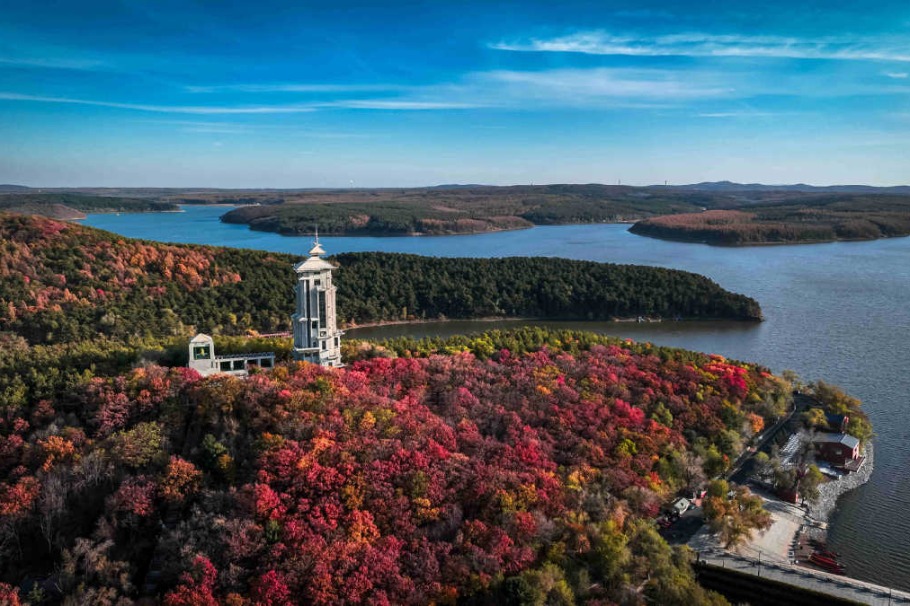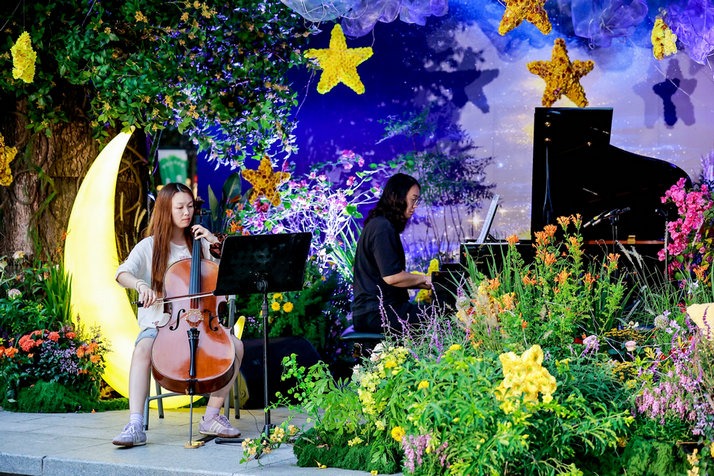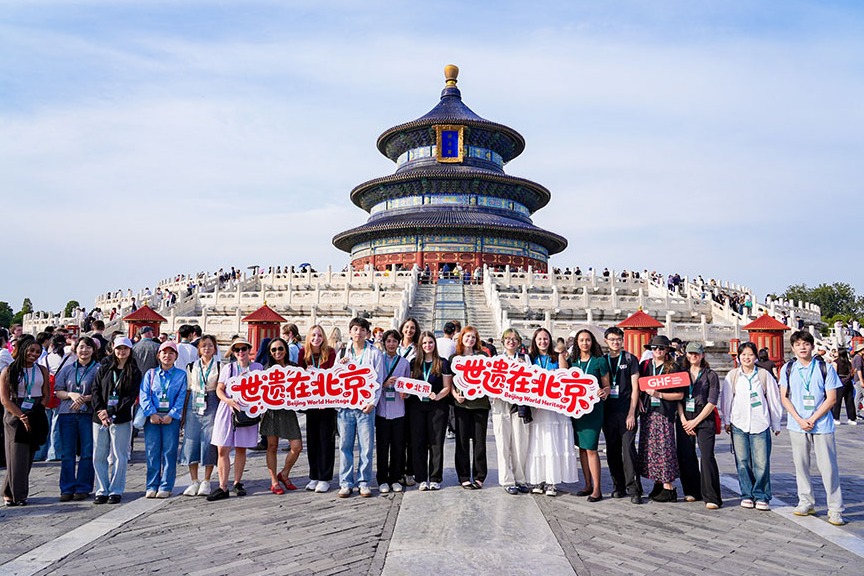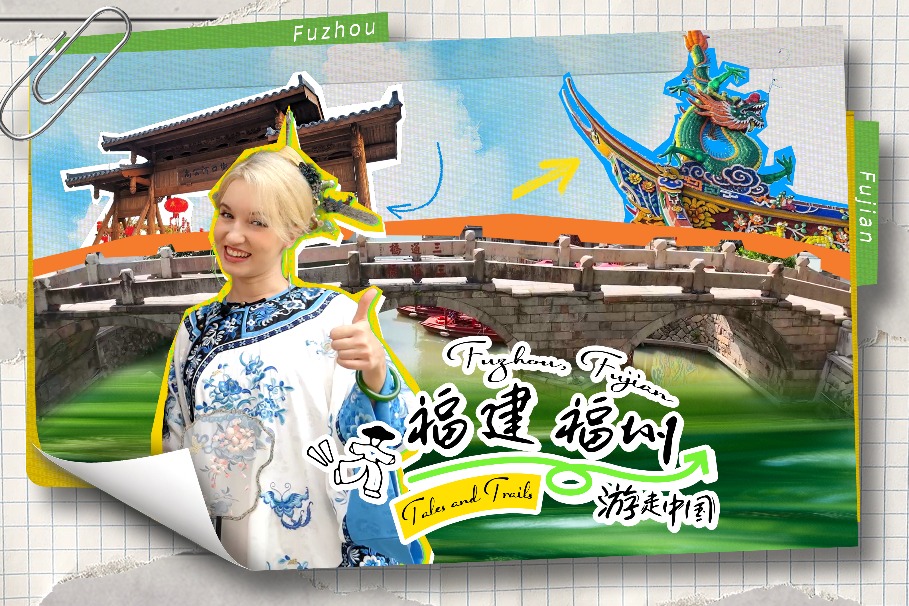From ancient lanes to historic crafts: Discovering Fuzhou

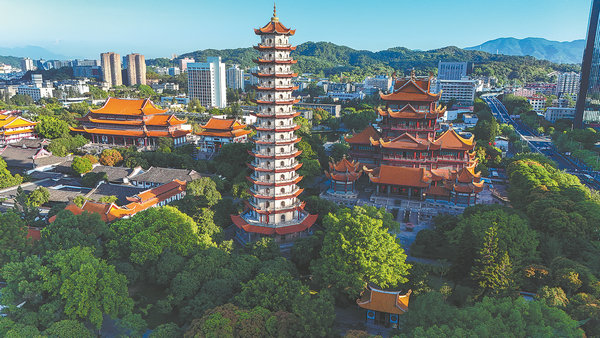
While northern Fujian is defined by its pristine mountain landscapes, the provincial capital of Fuzhou holds the soul of the province — its elegant lanes and hillside alleyways forming a living continuum of culture that bridges classical tradition and contemporary creativity.
Here, the Minjiang River meets the sea, and ancient scholarship meets modern innovation. Just as the Great Wall defines any Beijing itinerary, no visit to Fuzhou is complete without exploring Sanfang Qixiang.
Nestled in downtown Fuzhou, the historical district — literally meaning "Three Lanes and Seven Alleys" — is a 40-hectare preserve of Ming (1368-1644) and Qing (1644-1911) architecture, where over 200 ancient buildings fan out like a fish-bone along mazelike lanes.
Originally established during the Jin Dynasty (265-420) and flourishing from the Tang Dynasty (618-907) onward as a hub for officials and scholars, it remains a living chronicle of Fuzhou's intellectual and architectural heritage.
The moment I step into Sanfang Qixiang, the afternoon light filters through ancient banyan trees, casting dappled shadows on bluestone paths.
















